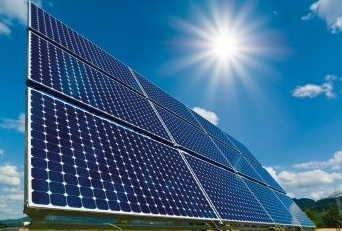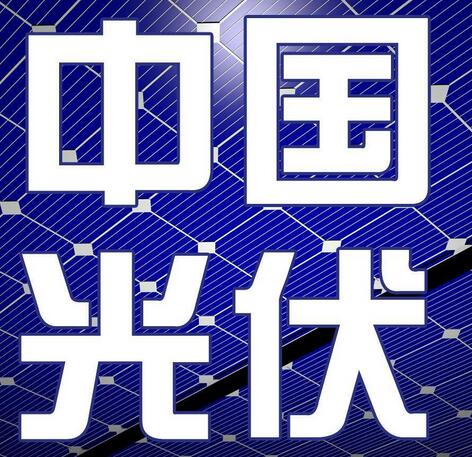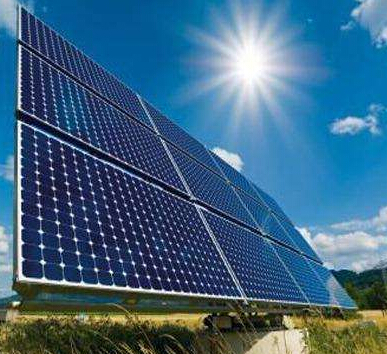In the past few years the global electric vehicle (EV) market development process began to accelerate. More and more countries, including Britain, are planning to get rid of conventional natural gas and diesel-powered vehicles. In the meantime, automakers also want to diversify their products by developing electric vehicles.
To date, EVs and solar PV energy markets are independent of each other despite the intersection of target markets with electric vehicles (EVs) and solar PV (PV) energy. If electric vehicle charging is combined with solar photovoltaic energy, both industries can benefit and it is possible to accelerate the adoption of both technologies.
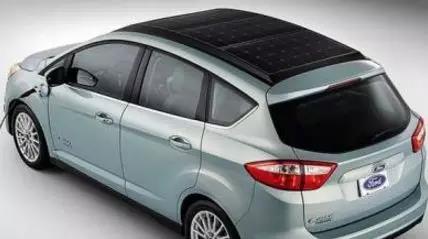
There are many reasons for the transition to solar or to EVs, such as reducing energy costs, reducing energy consumption and reducing individual and national carbon emissions. By harnessing the charging of electric vehicles with solar energy, consumers and nations are better equipped to meet these goals. This is because the mere transition to EVs can not be particularly effective in environmental protection because fossil fuels are also needed to charge cars.
When electric vehicles and solar photovoltaic energy combination:
Carbon emissions can be reduced in a more meaningful way. When using solar charging, it helps reduce grid stress and may speed up the car's charging. Innovative technologies such as the Solar Promotion Model can greatly reduce the charging time for EVs. In the PV market, which aims to increase self-consumption, the use of solar energy to charge electric vehicles is another way to contribute to energy independence

Electric vehicles (EVs) are another tool that supports demand response, enabling consumers to adjust their electricity usage to better meet power requirements.
In the installation phase, the combination of solar and electric vehicles can bring a variety of benefits, thereby helping to speed up the spread of both. With traditional PV inverters and stand-alone electric vehicle chargers, there are often additional installation costs and additional costs such as additional wiring, piping, circuit breakers, and upgrades to the main panel.
However, all of these additional costs can be reduced or even eliminated by the time and cost benefits associated with installing an inverter integrated EV charger that requires only one piece of hardware to operate. This will help homeowners prepare for the future. Therefore, even if the homeowner does not have an electric car right now, it is possible to install a solar photovoltaic system prepared for the electric car. As a result, homeowners can easily upgrade their PV systems to power their electric vehicles when needed.
The combined potential of EVs and PVs does not stop there
Once the two technologies are integrated, there are many interesting uses and features available. For example, because both PV and EV batteries use DC, the combination of the two may change the pattern of EV charging.
Another benefit is that the EV battery may be the second choice for home energy storage. These modular batteries can be taken off and replaced during rush hour or power outage to recharge or power your home. Another feature that EV batteries can provide when integrated with a PV inverter is the V2G (car-to-grid) service, which means that EV batteries provide electricity to the grid as part of a demand response service.
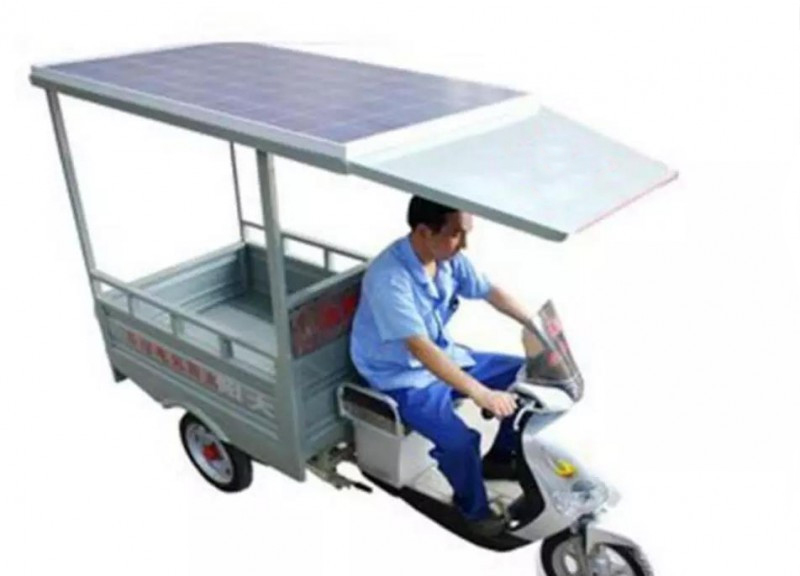
This is especially true as smart inverters and distributed energy systems begin to replace centralized power grids. This leads to an interesting phenomenon that will change the standard rush hour. However, this is just the beginning.
As the industry continues to consolidate, it is expected that its growth rate and influence will also continue to increase. For example, it can help commercial vehicles turn to electrification faster or stimulate the development of a national network of DC charging stations. In the first phase, the combined use of electric vehicles and PV can provide homeowners with more energy independence. These progress at the national level can help countries improve energy security.
















 RCCN WeChat QrCode
RCCN WeChat QrCode Mobile WebSite
Mobile WebSite


